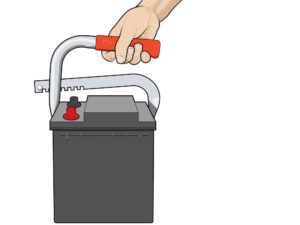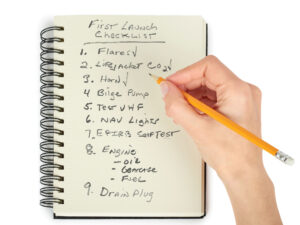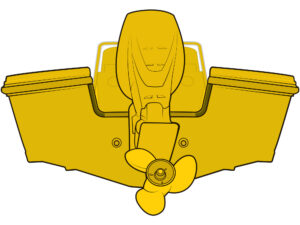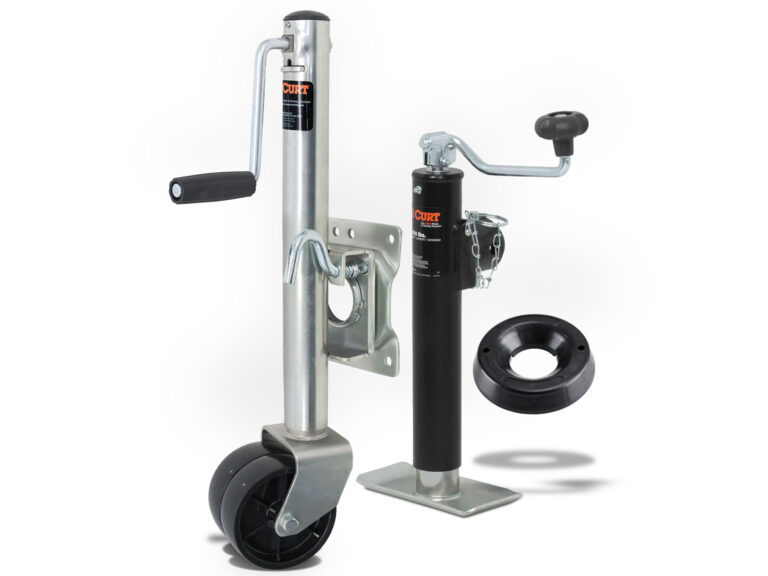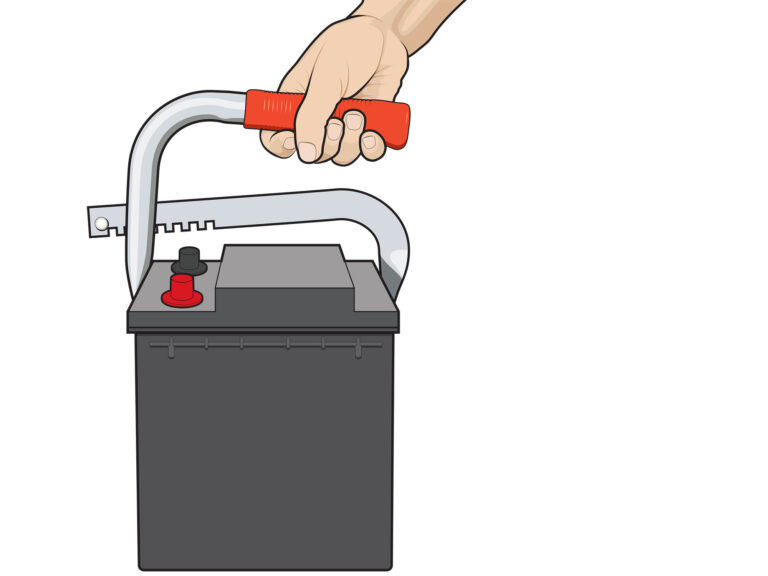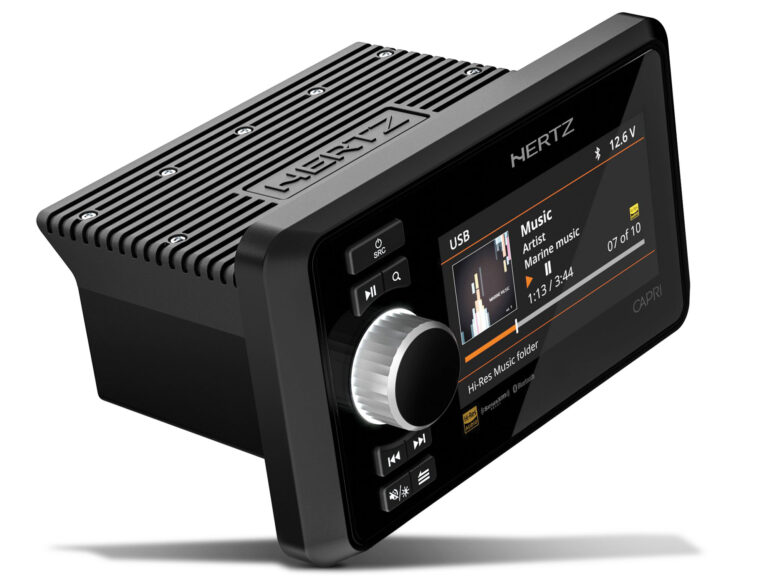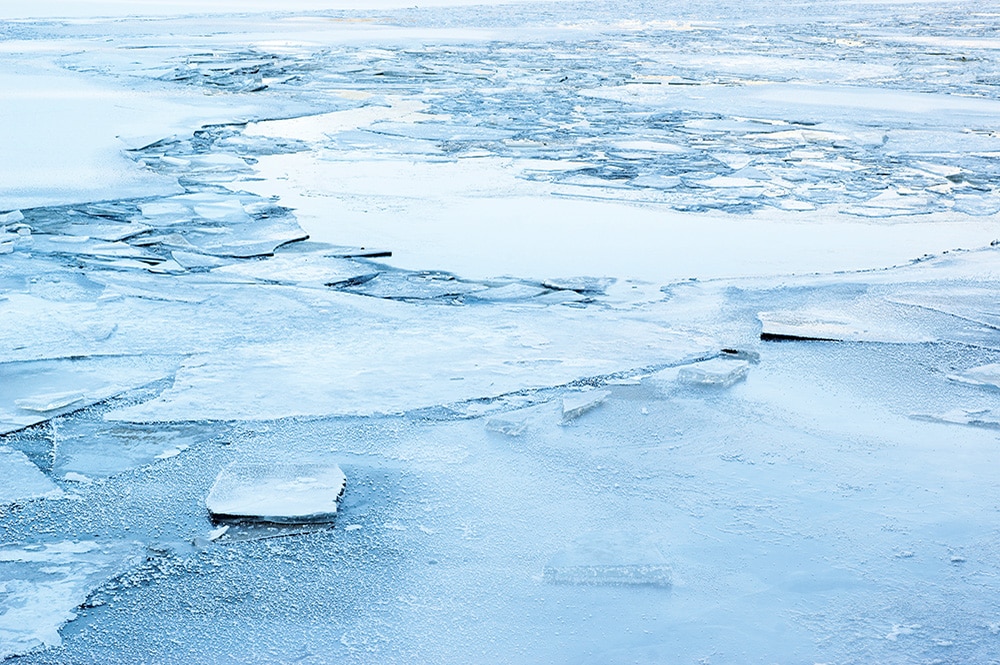
Boating Safely Through Ice
If you boat the “bracket season” in latitudes higher than about 40 degrees north, you may have opportunity to encounter ice during the course of your boating career. Boating in, or rather through, solid water presents some unique challenges. Here’s what you might expect and some advice for navigating through ice.
Late-season ice often forms in marinas, basins and small protected coves while open water remains free of ice. From a distance, ice looks like very calm water; too calm! It also reflects light differently, and, of course, ducks walking and waddling where they should be swimming is an almost sure sign of frozen water.
Often, these iced-up marinas and coves are covered with wafer-thin skim ice, which really won’t do much structural damage. But depending upon its thickness, it can scrape or scratch your boot stripe. Therefore, it’s best to approach the edge of the ice as you would a dock or bulkhead and assess its thickness.
If it’s skim, you can choose to idle through it, or have a crew member on the bow break it up with a boat hook as you “stop and go.” If the ice is thicker, as in “Jeez, Honey, look! The kids are skating in our slip,” other strategies are called for.
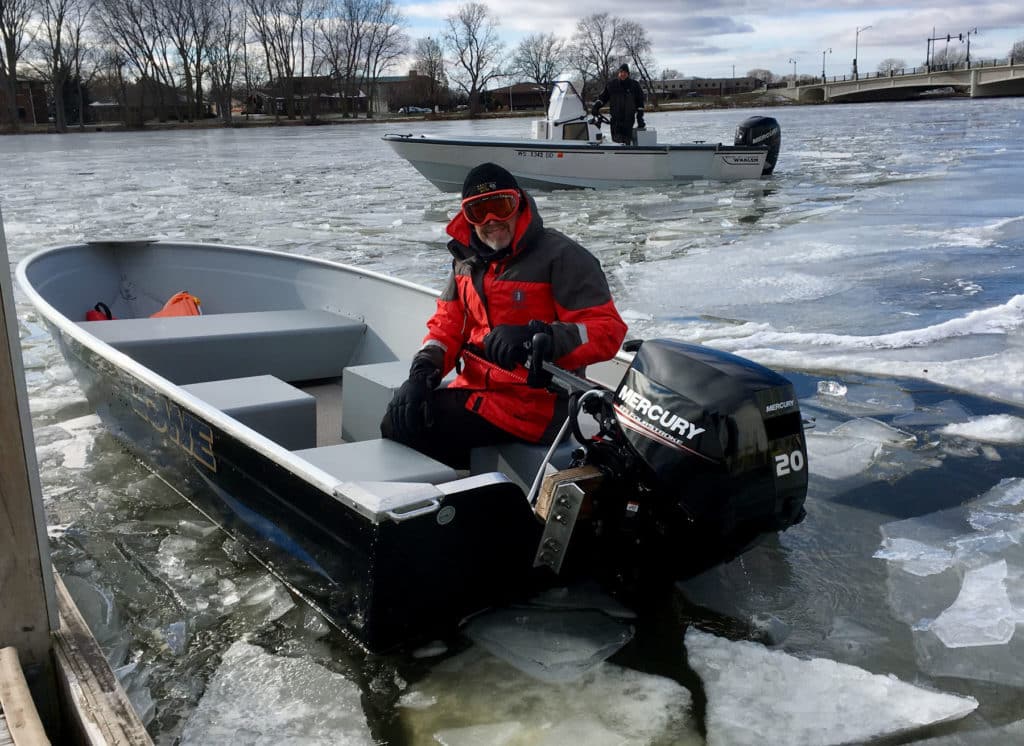
Rise and Slide
One is to approach the edge of the ice slowly and to allow the bow to slide up on the ice. Just put the bow and first few feet of the boat up. You don’t want to crash your running gear against solid ice. Allow the boat’s weight to break the ice, back up, and repeat until you reach the slip or ramp.
The Wave
A second technique depends upon the local geography, the presence of other boats, your experience and, well, think about it. Then use your own judgment as to its appropriateness when the time comes.
After judging the ice to be thicker than skim, back off from the edge, get on plane and start running in circles at the mouth of the cove or basin. The wake you kick up will travel under the ice. At first, the sheet will undulate like a water bed does when you first hit the sack. But soon enough, the ice will break up into a bunch of little floes, small enough to be pushed aside as you proceed slowly to your slip.
The sound of your props grinding chunk ice into bits as you idle through is unnerving, but there is no cause for great alarm.
Shore-Fire Remedies
Prudent boaters take precautions against ice at the dock as well.
Tilt Down
It’s counterintuitive, but in freezing weather, it’s warmer below the water’s surface. So keep your outboard trimmed down in the water to minimize freezing the gear case.
Shovel Out
Snow doesn’t drain like water. And even if it melts during the day, chances are good the runoff will freeze in your scuppers by night. Keep a shovel (plastic, to avoid gouging fiberglass) aboard and use it.
Charge Up
Make sure your batteries are up to snuff, and consider wiring in one or two more. Winter storms knock marina power out as readily as household power — and with it, your battery charging capabilities.


